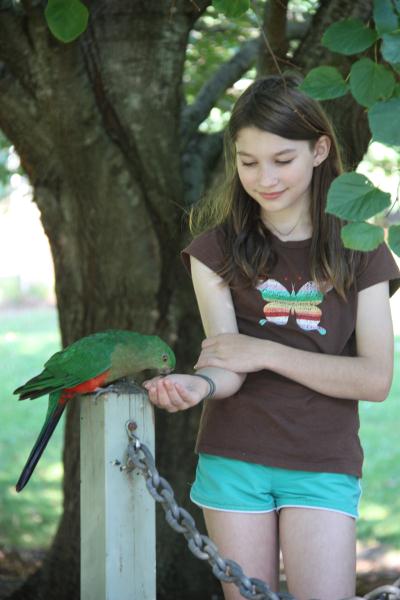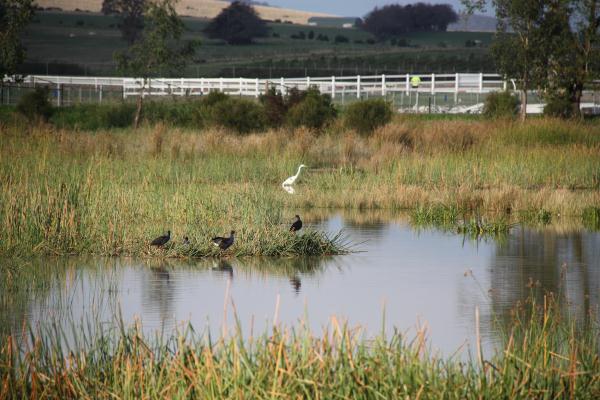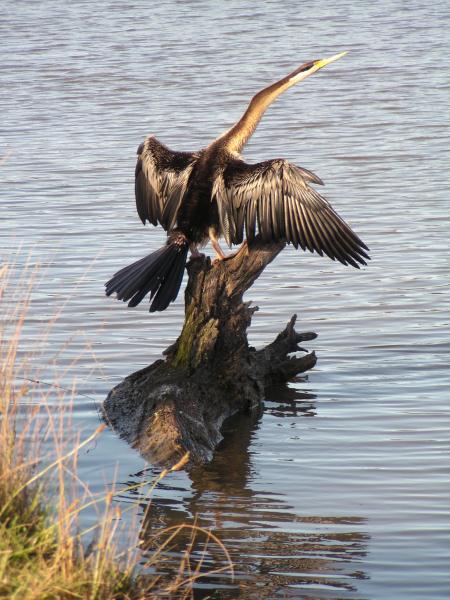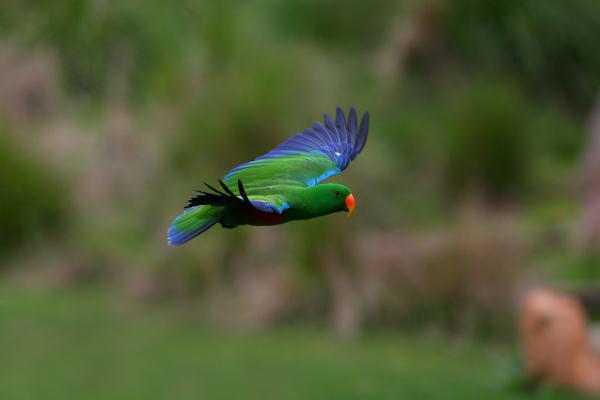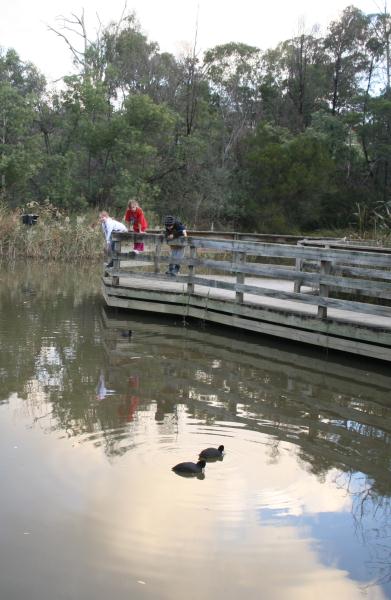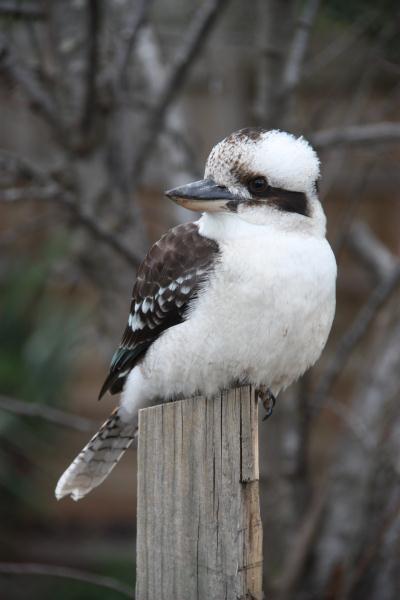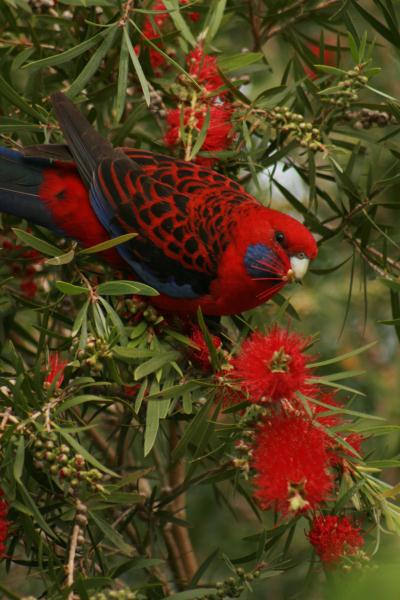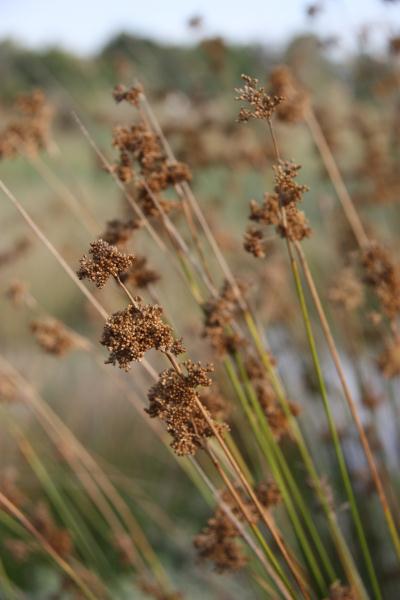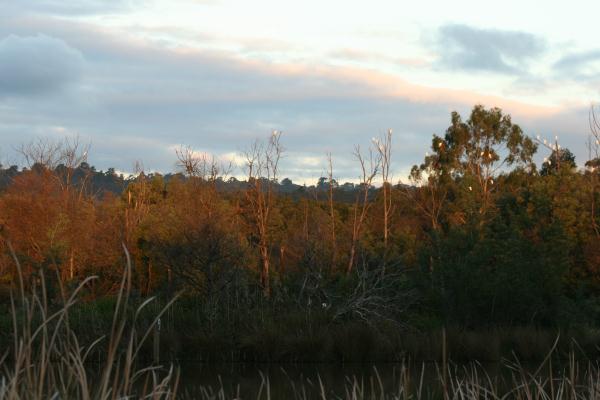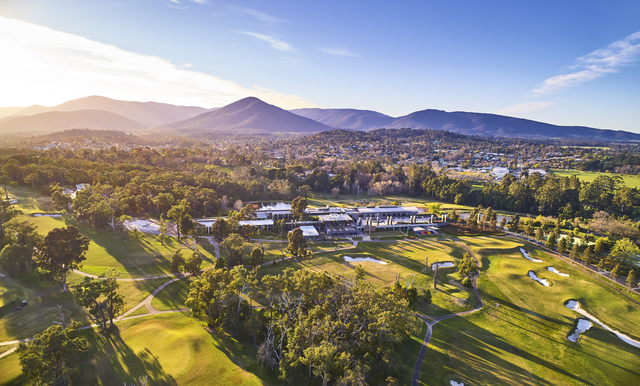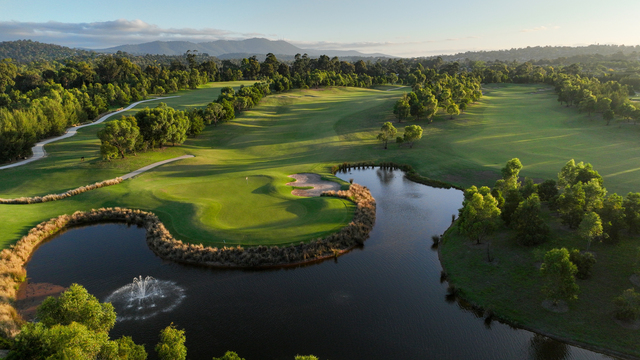By: KATH GANNAWAY
BIRDS have a good life in the diverse habitats of the Yarra Ranges region and beyond – and that means so, too, do bird watchers.
From open farmlands to rainforests, and spoilt for choice when it comes to established parks and reserves, Badger Weir out of Healesville, the Rhododendron Gardens at Olinda and the appropriately named Birdsland at Lysterfield, to name only very few, bird-watching is not only enjoyable, it is immensely accessible.
Tourist News went to two of the Yarra Valley’s top bird watchers, Glen Mawson, convener of Birdlife Australia’s Yarra Valley Branch, and renowned bird expert and co-author of Field Guide to the Birds of Australia, Ken Simpson, to find out where the very best spots are to spot birds – and how to go about it.
If you are introducing kids to the past-time, Ken says Healesville Sanctuary is a great place to start the conversation.
“With a good field guide, it’s where kids can learn their birds,” he said.
For Glen, it’s Lillydale Lake, with its bird hides and walkways over the wetlands, and the lake itself a drawcard for all types of water birds.
“There’s nowhere better to see a good variety of birds in one spot; lots of water birds, big numbers of moorhens and purple swamp hens, you can often see a darter shimmering in the sunlight,” he said.
Maroondah Dam in Healesville, Badger Weir in Badger Creek and Grants Picnic Ground at Kallista are places where kids can get up close to rosellas and perhaps catch a glimpse of a lyrebird scratching away in the leaflitter in the damper parts of the forests.
Ken does quarterly bird walks through Yarra Junction Library and has introduced hundreds of people of all ages to the skills and joys of bird-watching over the years.
The Warburton Trail is one of his favourite spots with the stretch between Seville and Killara getting a special mention for its wide range of bush and farmland birds including the rare eastern shrike-tit, eastern whipbird and more common summer migrants, the rufous whistler, dusky woodswallow, and different types of honeyeaters, among many others.
The walk between Millgrove into Warburton as another favourite, taking you into the tall wet forest as the Yarra Valley narrows. The spotted pardalote and the white-throated treecreeper are among possible ‘finds’ here.
“Having got there, walk the river circuit from the main large bridge to the suspension footbridge, cross over to complete your circuit … and fall into a cafe and have lunch,” is Ken’s recipe for a complete bird-watching experience.
Other areas are the Dandenong Ranges including Sherbrooke Forest and Kallista where there’s a chance of a superb lyrebird.
One of Glen’s favourite spots – apart from looking out his window in Chum Creek, is the Cathedral Ranges State Park out of Marysville which he says is a great place for birds of prey including wedge-tailed eagles and the chance of a peregrine falcon.
Birdlife Australia Yarra Valley Branch puts out very comprehensive brochure listing around 250 birds, their status and birding locations.
A pair of binoculars and a good field guide are essential equipment, and be sure to take along a notebook to write down your ‘finds’ and record descriptions for those birds that don’t seem to match up.
Two excellent books are ‘Birds of the Yarra Catchment – And where to find them’ by Peter Mason and ‘Simpson and Day Field Guide to the Birds of Australia’ published by Penguin Books.
Most of all, set out with a great sense of adventure and anticipation – you never know what you’ll find and you’ll be surprised at just how much fun bird-watching can be.

